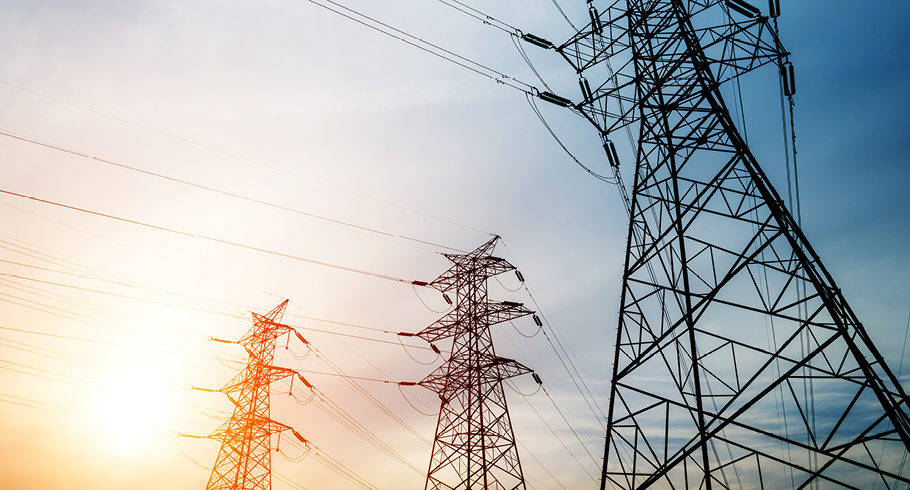Achieving energy security is a key goal for any country looking to reduce the impact of volatile commodity costs. But how close is the UK to achieving this?
There are certainly some positive headlines that sound encouraging. For example, last year we exported more energy to Europe than we imported for the first time since 2010. And we recorded record output from wind and solar generation.
So why are energy prices still at uncomfortably high levels – and are there any signs of relief on the horizon?
Let’s take a closer look.
Exporting £3.1 billion of power
In 2022, the UK shipped out a surplus of 1.9 terawatt hours (TWh) via our growing network of undersea interconnectors, raking in an estimated £3.1 billion in revenue for generators.
This was greatly helped thanks to bumper levels of wind and solar generation. According to analysis by Imperial College London, last year, renewable power sources generated more than 40% of Britain’s electricity needs for the first time.
Ongoing vulnerabilities in Europe also reversed the usual conditions that underpin our being a net importer of electricity.
While the drop in Russian gas flows created problems for the whole of the region, Germany was hit particularly hard.
Meanwhile, neighbouring France hasn’t been able to flex its usual generation output due to ongoing issues with its aging nuclear fleet.
What’s more, water shortages caused by the hot summer also impacted the ability of some nuclear reactors to operate, due to a loss of cooling functionality caused by dropping river levels.
Why are prices still so high?
But despite generating more renewables and having the capacity – and demand – to export our power, UK consumers are still paying a high price for energy.
We are now almost a year into the Russia/Ukraine conflict that’s blamed for sky-rocketing energy prices. And while power and gas prices have softened – especially in the short-term markets – they are still at levels that hurt.
So what’s to be done?
Reduce our dependence on fossil fuels?
“This has been a year [2022] like no other for the energy industry. The public are feeling the pain of high gas prices on their energy bills, even though renewables are providing the grid with more cheap, green electricity than ever before,” says Dr Iain Staffell, energy specialist at London’s Imperial College.
“The lesson from 2022 is that we need to break our addiction to fossil fuels once and for all if we want lower-cost and more secure energy supplies.”
But our dependence on gas-fired generation is not likely to abate any time soon.
Growing volumes of renewable generation may be reducing overall baseline fossil-fuel output. But they are also increasing our reliance on these forms of responsive and predictable power to provide back up when the wind drops and the sun is shrouded in cloud – or our nuclear reactors retire or go offline.
This is because gas (or coal)-fired power can quickly adapt output to meet demand shortfalls from renewables and baseload nuclear. So gas generation completes the demand profile that sets the price for all our power.
And hence, the price of power remains geared around the price of gas.
The wind of change
That said, we are starting to see some welcome changes.
The trend is now for power prices to trade considerably lower in the short-term markets during the periods where we record high wind output.
But for most large consumers, the lion’s share of their required power volume is purchased in advance via the long-term markets.
The government has committed to reforming the way our markets operate via its current Review of Electricity Market Arrangements (REMA) – see our blog here. But we are still awaiting an update from a REMA consultation the government held in the first half of 2022.
Sadly, change of any major kind is not likely to impact the status quo any time soon.
For businesses, regularly reviewing your energy purchasing strategy is therefore key, as is ensuring you can reduce demand via maximising energy efficiency. Exploring new avenues – such as on-site generation and adopting new low-energy technologies – is also worth looking at.
Our team is always here to help. So do please speak to your Client Lead for more information, if you’re an existing customer. Or get in touch with us here.
Finally, there’s never been a more important time to understand the energy market. So check out our existing reports – and look out for updates, as we regularly produce new content too.



/npm214%20Digital_H_UB142.jpg)

/npm214%20Digital_H_UB110.jpg)

/npm214%20Digital_H_UB130.jpg)

/npm214%20Digital_H_UB139.jpg)
/Author%20Profile%20Ward_Louise_G.png)
